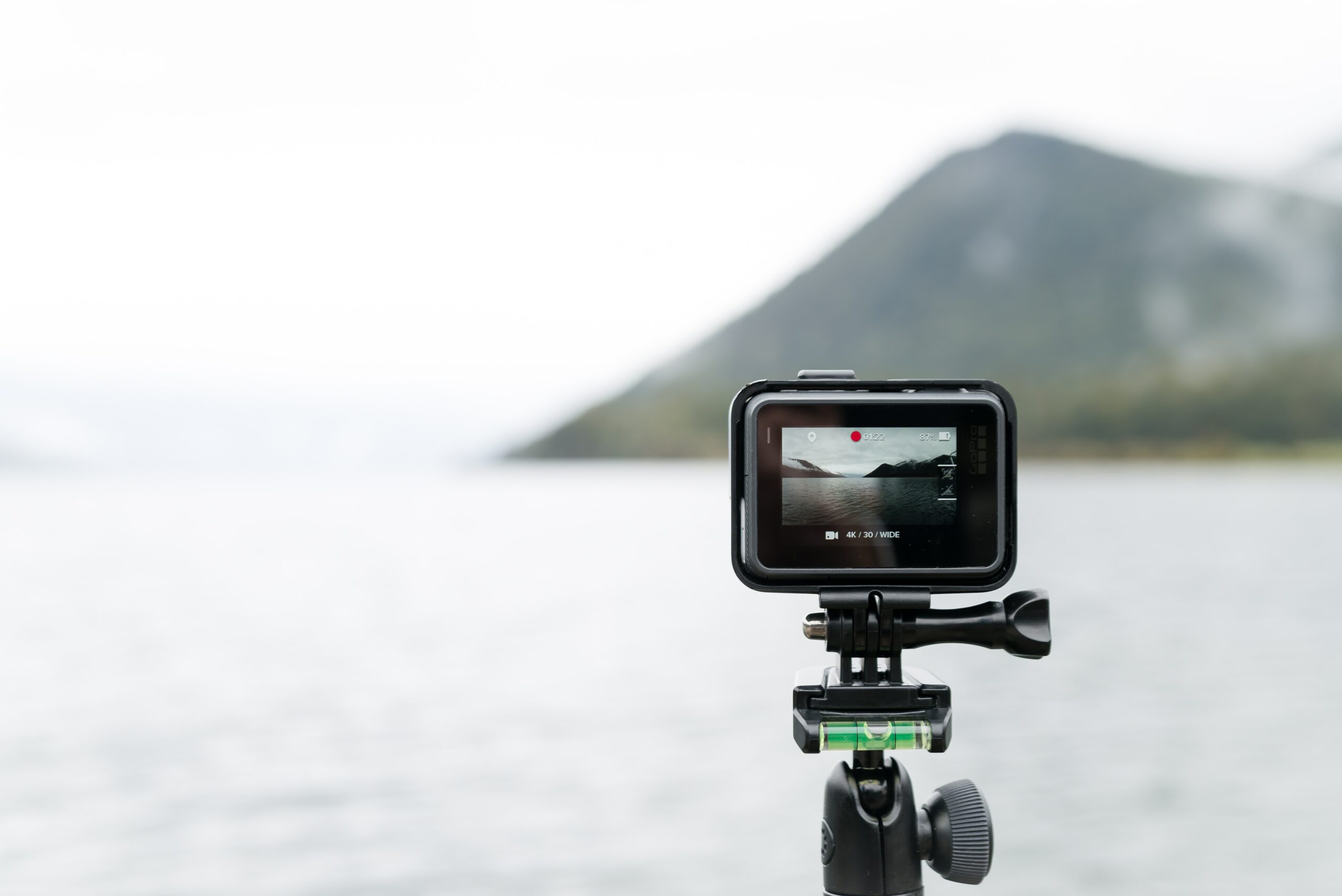
Bear Wade's Real Life Example of How Marketing Is Hard
There I was sitting in my home office with my fat-faced pointer/pit mix of a dog, aka my lazy sidekick Sonic. I was trying to turn 200 hours of footage into a 2-hour film that I was hoping to get on public television.
I was a no-name videographer trying to break into TV with a documentary film made for the people – inspired, of course, by Ken Burns. Paving the Way: The National Park-to-Park Highway captured a 1920s road trip that traversed twelve national parks. It was badass.
Twelve adventurous people drove their Model T-looking cars across muddy, unpaved roads with no air conditioning, cellphones, maps, or perfectly distanced gas stations to hit for snacks. Can you imagine driving for 76 days over 5,000 miles in those conditions?
I knew that my documentary had a place in primetime, but I didn’t know how to market or sell it.
Money was so tight that I looked down at my dog at that moment and wondered if I’d have to sell him like Sylvester Stallone sold his bullmastiff for $50 to get his script “Rocky” sold. We were living off of my wife’s salary, and every penny I earned on the side was being thrown at finishing the film.
I was juggling a lot of balls to keep the whole thing going. I had to pay contractors to compose and produce original music and visual effect artists to bring some movement and dimension to the story; there was color grading and making master tapes, and I also had to pay for my fresh- out-of-college and never-written-a-script-before writer. The decision was crippling me as a sorely underpaid director, executive producer, editor, janitor, and freelance hustler.
It was scary.
But first, a joke
Do you know what the difference is between a documentary filmmaker and a large pizza? A large pizza can feed a family of four (queue to the somber orchestral music).
Being a documentary filmmaker it is hard enough to travel, manage the gear, figure out how to pay your bills, and tell a good story.
I had to figure out a way to make this thing look like I knew what I was doing, or else I would be eating Ramen, single and alone ‘till my dying days.
I went to seek guidance at my local public television station in St. Louis, but they had never worked with outside producers before and couldn’t take it on.
I started writing letters and tried to find a station that would help guide me through the process of getting into public television.
With every minute of not knowing my fate, the pressure continued to build. All of my friends and family knew that I was making this thing, and I had faith in my abilities to complete the film, but the success relies on people seeing it.
I can produce quality content all day long, but that doesn’t mean anyone will see it and my business doesn’t run very well if I don’t have any eyeballs on my cool s#!t.
This isn’t the Field of Dreams. As much as this Iowa native has the mentality of “If you build it, they will come,” I knew even then that making it was just the first hurdle. I also had to find ways to promote it to the audiences who would want to see it.
Just in the nick of time (thank goodness for Sonic)… I was referred to Montana PBS. They guided me through the process of getting into the Fall Marketplace, which is like public television’s very own Sundance Film Festival.
They also charged a four-figure fee to represent me and my film. To be fair they did a great job, and the people over at MTPBS are great, I’m just highlighting my financial burden.
I realized that we were going to be investing more money into this venture. I felt like I was just throwing money at my ignorance. I was in over my head and fighting way above my weight class. I was out of my league. The TV was “big boy” money and a “big boy” game.
I didn’t know this at the time, but each PBS station is in charge of its own programming and each one has its own program director. And all 250 of these directors go to the Fall Marketplace and watch hundreds of submissions to see if they would be interested in carrying any of them.
To garner any interest in our program, I’d have to get over 50 votes out of 250 voters. If I did, a director might make an offer to put it in their catalog and possibly schedule it for broadcast.
Doesn’t sound too reassuring, does it?
I had been doing brand work for a handful of clients to help pay for the financing of this film. As I was bootstrapping, I decided to check out what other filmmakers were doing to show off their films as professional and industry caliber. I noticed a lot of similarities in how these films were designed.
We needed a captivating photo that could be used for:
- The DVD cover
- The movie poster
- Print ads
- The front of the website
I worked hard to make a film that wasn’t finished looking like it was top-notch and professional, something Ken Burns and other documentary filmmakers would have produced.
I created a seamless montage of a few archival photos to use as my cover image. One of the photos was of our film’s hero. I placed him near the top and I took an image of the terrain with rutted wagon paths and snow-capped mountains and blended the two together. I noticed that the back of all of the DVD cases had a short synopsis, information about the total running length, rating, stereo sound, and had a standard DVD logo.
I noticed the way the credits were ordered and formatted, and I reverse engineered mine to look like Hollywood movie credits. I knew that having light text over a dark background made things look more professional.
We went on to get 200 votes at the Fall Marketplace and Paving The Way was one of the key films released in the spring of 2009! I couldn’t have been happier and more relieved to have made something that people still enjoy to this day.
Mr. Stallone ended up contacting the new dog owner to get his dog back once the script sold and the owner offered to sell it for $3,000 or have a part in the movie. Apparently, you can see that dude early on in the first film.
Paving The Way went on to win four Telly Awards including a documentary for television, music, writing, and cinematography.
I never got over how this kid in his late twenties with his associate’s degree who managed a team of contractors could become one of the premiere films on public television that spring.
But the most incredible part was that I really did “fake it ‘till I made it” by having really good branding.
This approach secured sponsorships with:
- AAA with cash and national promotion to their members
- American Road Magazine who traded in-video ads for print ads in their magazines
- RV America, which traded the use of one of their Class C RVs for 46 days, in exchange for a 5-second ad that we produced placed at the beginning and end of the film.
- These sponsorships all came BEFORE the film was done.
We created an identity for an idea, and people understood that idea clearer and wanted to be a part of it.
To the viewers, the quality of my branding reflected the quality of my product, which then defined how serious people took me and my film. Quality branding introduces you as an industry leader, authentic to the experience they were going to have.Unify Your Marketing.indb
Most business owners have great ideas and good intentions, but their presentation just doesn’t reflect the quality of their skill.
Remember this takeaway: Unified branding is the key to perceived value.
Check out these articles to learn more about how to unify your branding:
Defining Your Brand: An Everything Guide to Names, Logos, Fonts and Colors
Authentic Photography For Your Business
The Importance of Video in Marketing Your Brand
Leverage The Power of Networking to Market Your Brand
The Power of Publicity and Organic Marketing
Download a copy of our free team marketing worksheets here. Want to learn even more? Check out our book and video course, Unify Your Marketing.
